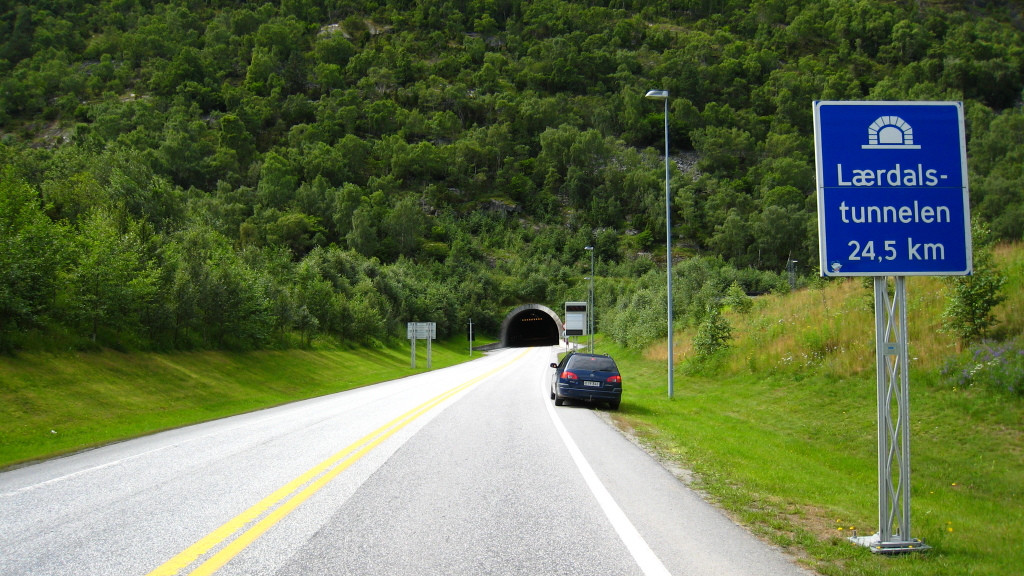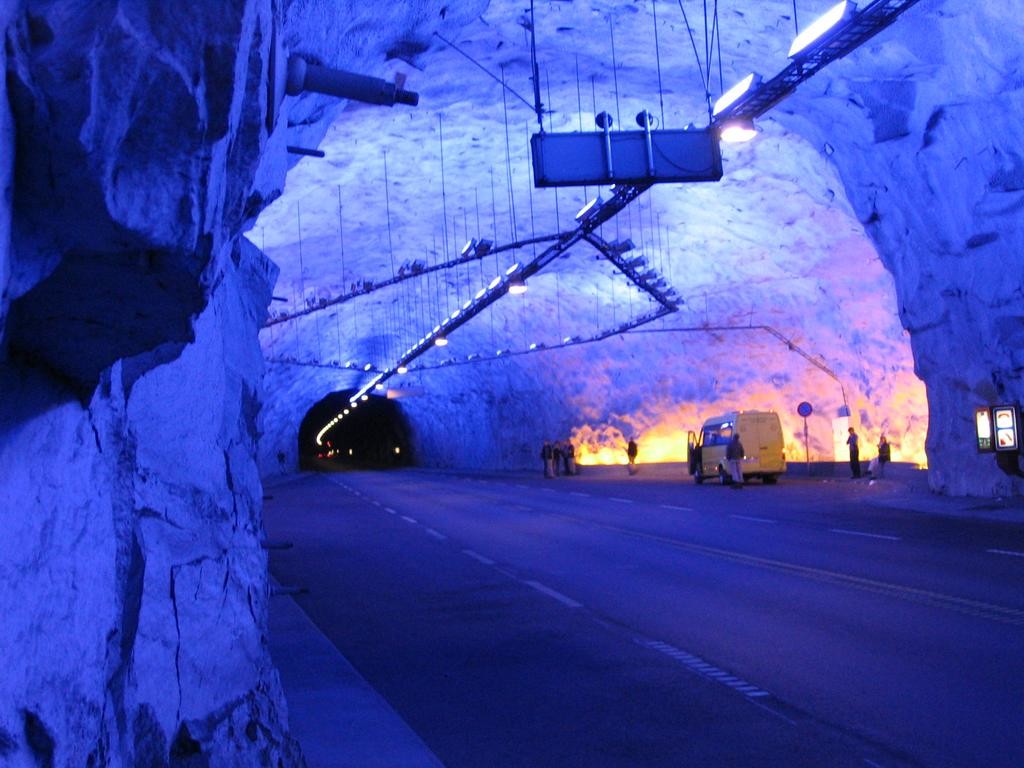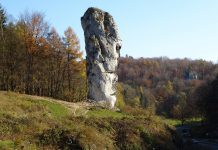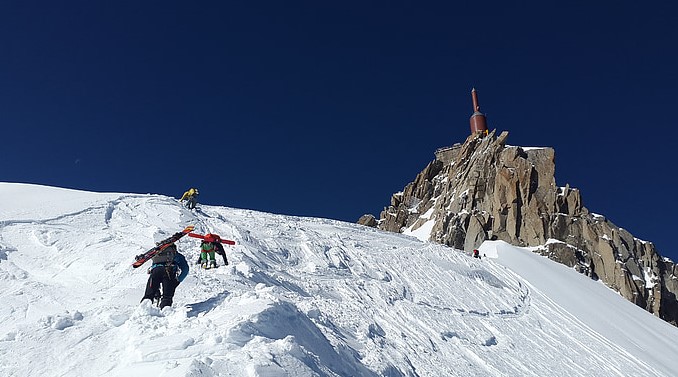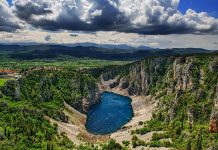Also Read: Barehipani Waterfall in India
/ month
placeholder text
Post List
Editor's Picks
Salina Turda Salt Mines Transform to History Museum
Salina Turda Salt Mines Transform to History Museum. What...
Superstition: A Belief Surviving an Early Stage of Thinking
Superstition is a belief surviving from an earlier stage...
Lucid Stead – A Fabulous Optical Illusion Artwork
Lucid Stead - A Fabulous Optical Illusion Artwork. An...
Ranikot Fort – The Largest Unexplored Fort in the World
The Ranikot Fort is also famous as Dewar-e-Sindh (Great...
Waimangu Geyser – World’s Largest Extinct Geyser
Waimangu Geyser was the world's most powerful geyser for...
Exploring Punchbowl Crater – A Lava-filled Landmark in Hawaii
If you're looking for an interesting and unique destination...
5 Ways to Make Your Dissertation Stand Out
5 Ways to Make Your Dissertation Stand Out
Writing a...
Don't Miss
World’s Longest and Highest Glass Bridge Opens in China
World's Longest and Highest Glass Bridge Opens in China....
5 Ways to Make Your Dissertation Stand Out
5 Ways to Make Your Dissertation Stand Out
Writing a...
Pros and Cons Of Renting a Van in Orlando
Renting a Van in Orlando
When visiting Orlando, a car...
The Mysterious Bolton Strid of UK
In England somewhere between Barden Tower and Bolton Abbey...
Blue-winged Parrot (Neophema chrysostoma)
It is still unclear how blue-winged parrots or blue-banded...
Hiran Minar – Jahangir’s beloved Pet Antelope
The Hiran Minar, one of the best-known and most...
The Sans-Souci Palace of Milot Haiti
In the Town of Milot, Nord, the royal residence...
The Breathtaking Ratti Gali Lake – Pakistan
Pakistan is full of breathtaking rivers and lakes that...
Charismatic Planet © 2024 . All Rights Reserved.


